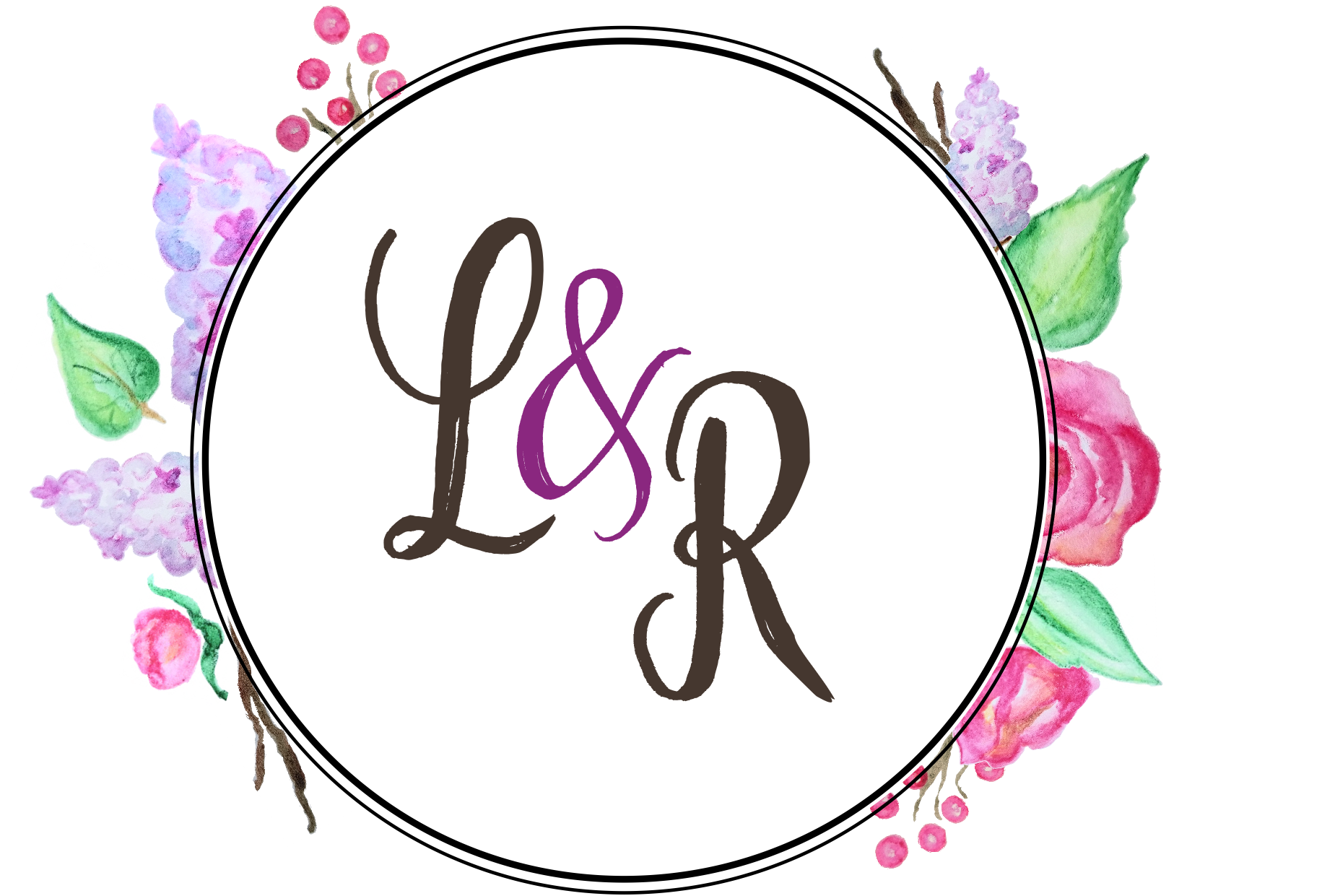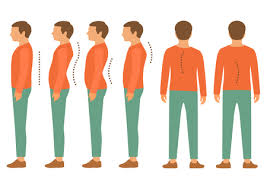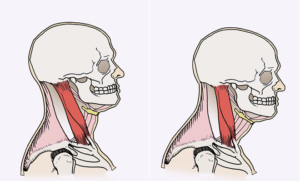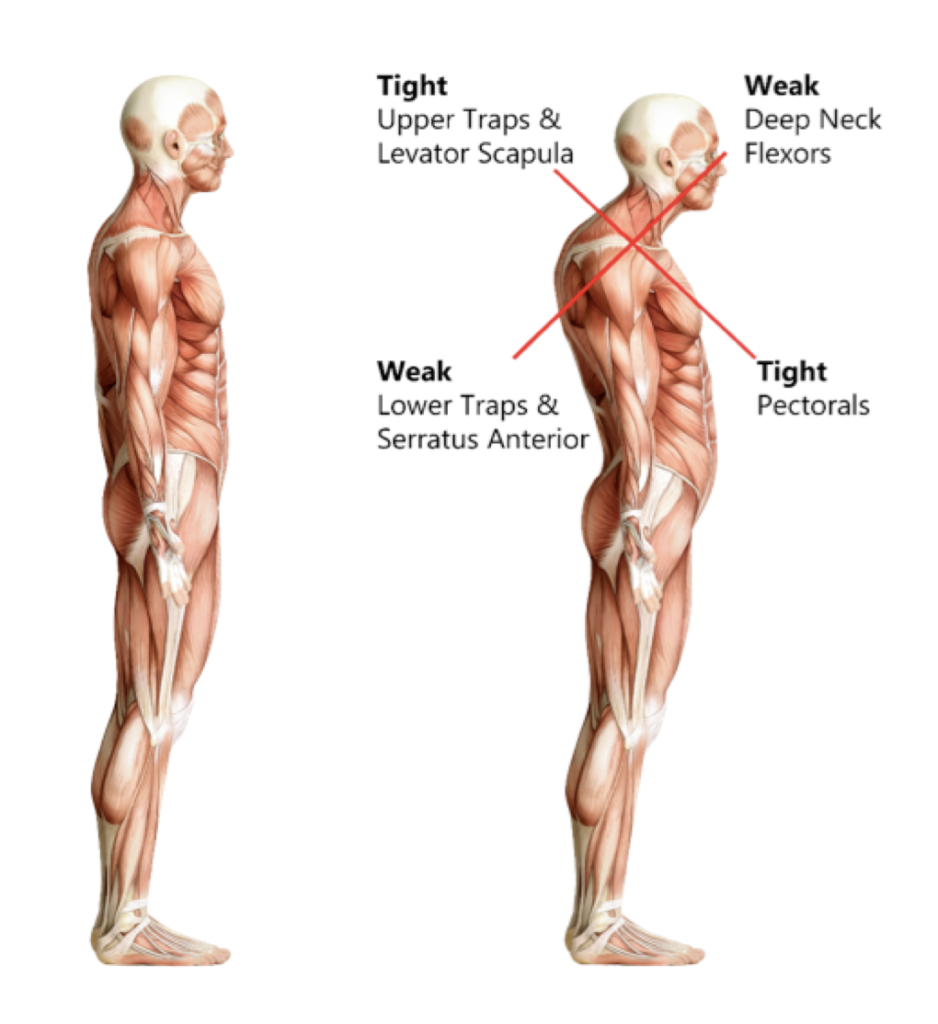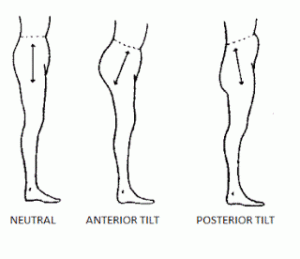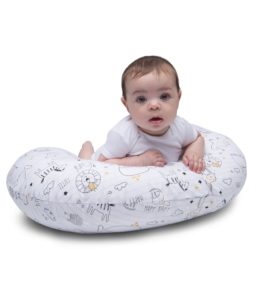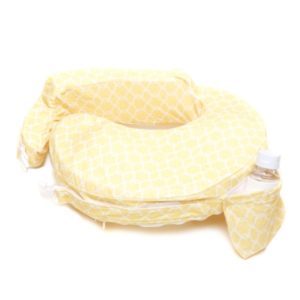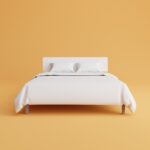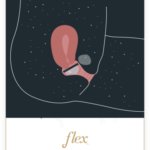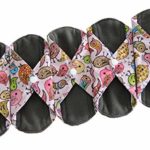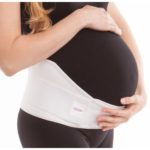Breastfeeding and Posture

Breastfeeding is a time of significant changes to a woman’s body, including your posture. And I know what you are probably thinking. Can my body seriously handle any more changes after just gaining and losing 30 pounds, massively shifting my center of gravity, oh and bringing new life into the world?? The answer is, absolutely, but not without a cost.
Some of the physical changes to expect in breastfeeding include:
Growing breasts
Although you may feel like your breasts already doubled in size during pregnancy, you will likely continue to see drastic changes in their size with breastfeeding. Sometimes those changes are by the week, but some are even by the day and hour. As your milk ducts fill and empty, your breasts will appear bigger or smaller.
Changes in breast tissue
With the filling and emptying of your milk ducts, not only will the size of your breasts change, but also the firmness of your breasts. After a feeding, expect them to be pretty soft and maybe even looking a bit saggy (not really fun, I know). Then, as the ducts fill over the next hours, they will feel firm and tight again. If you are not diligent about frequent pumping or breastfeeding, they can become uncomfortably full and lead to “engorgement.” So try to stay on a regular schedule, even if you are desperate for a few more hours of sleep.
Lingering pregnancy hormones
Many women think that the hormones that can make them feel uncoordinated in pregnancy will just go away. But actually, those hormones (like relaxin) stick around in the body with breastfeeding.
Postural changes
This is the one I want to talk the most about. Breastfeeding is a huge commitment in a new mother’s life! It is hours per day, typically spent hunched over your baby or looking down to make sure he/she is latching well. It can mean spending a lot of time leaning back on a couch or rocking chair as well. All of these things, combined with the physiological changes in your breasts can eventually leave you walking around, slumped over like a mindless zombie from a movie about the undead.
Specifically, the changes to posture that I often see from breastfeeding include:
Forward head posture
This is when your chin is protruding forward. But, as humans, we all reflexively want our eyes oriented and level with the horizon. So when your chin comes forward, it also means that you are likely raising your eyes up and hyperextending through your upper spine (think “tension headaches”). This is usually from the temptation to constantly be leaning forward and looking down at your baby.
Rounded shoulders
Besides your bigger breasts pulling you forward into a slumped shoulder position, all of that time spent carrying your baby and holding your baby to your breast will lead to this postural change. It is very similar to what happens to someone that spends all day with their hands in front of them on a keyboard doing computer work.
Posterior pelvic tilt
This is when you stand or sit like your tail is “tucked” under you. I see it with breastfeeding for a few reasons. Sometimes, it is because a woman is really sore at her pelvic floor from the delivery, so when she is sitting to breastfeed, she naturally wants to rock back onto her sacrum (“tailbone”) to offload the pelvic floor. It can also be from feeling rather deflated and hallow after your big, baby belly disappears (or mostly disappears) in the first few weeks. This shift in your center of mass tends to pull breastfeeding women even more into a tailbone-tucked position, AKA a posterior pelvic tilt.
“But isn’t tucking your tailbone a good thing?”, yell all of the moms who have been to a yoga or pilates class. Well, yes and no. When being active and moving around, we don’t want to push our stomachs out and arch our low back into an anterior pelvic tilt, but moving in the opposite extreme is also problematic and likely comes from slumping through the mid-back versus from having an active core and tall posture.
So what can be done?
Use props
When I was personally struggling to improve my posture with breastfeeding, I was mainly using a boppy pillow.
But after voicing my frustration on social media, a friend sent me the BEST gift ever, called the Breast Friend pillow.
I did a product review on it over here. Using props like these can really help to keep you in a better position while your baby is latched. Similarly, consider propping up pillows behind your back as well, so that you don’t feel like you have to slump down to rest on the back of the chair. You can also use a lumbar support roll to assist you in a good resting posture, but I recommend rolling up a towel for this, instead of buying a fancy lumbar roll.
Reverse, reverse (hopefully you also hear the Cha Cha Slide in your head right now…)
Reversing your posture by taking scheduled breaks to get up and move around is a simple way to maintain good range of motion in your spine, shoulders, and pelvis. In general with postural issues, I tell people to spend 30 seconds every 30 minutes doing the opposite of their most common posture.
So if you are spending a lot of time sitting back in a chair with arms in front of you and head down, then stand up for 30 seconds to raise your arms in the air, roll your shoulders down and back, and do a chin tuck (basically making a double chin by sliding your chin back over your body). As I recently heard on a podcast, there is no such thing as “bad posture.” It is only bad when we get stuck in one way of standing/sitting/moving and don’t have the available range of motion to move out of it.
Foam roller
I am obsessed with my foam roller for helping me with posture. A foam roller is a big, cylindrical piece of dense foam that you can use in many different ways to take care of your musculoskeletal system. My favorite way to use it for posture is to lay my entire spine and head along the foam roller, with my tailbone resting on one end and my head supported on the other (make sure you get a full-length one like what is listed here or you won’t have enough length to do this). You can simply stay here for a couple of minutes, or you can work on raising your opposite arm and leg to mobilize your spine even more. This will help with getting length and extension through your back and neck.
Yoga wheel
If the foam roller is too easy for you, and you don’t feel a lot of stretch by lying flat on it, then maybe you are ready for a yoga wheel. They are a great tool to help with backbends in yoga poses. I did a product review on my yoga wheel here.
Remember that posture is not about being rigid and afraid of movement. It is about finding length and ease in your movement to minimize the shortening or over-stretching of your muscles and other soft tissue structures. Being intentional with your breastfeeding positioning is the easiest way to avoid any long-term postural changes.
